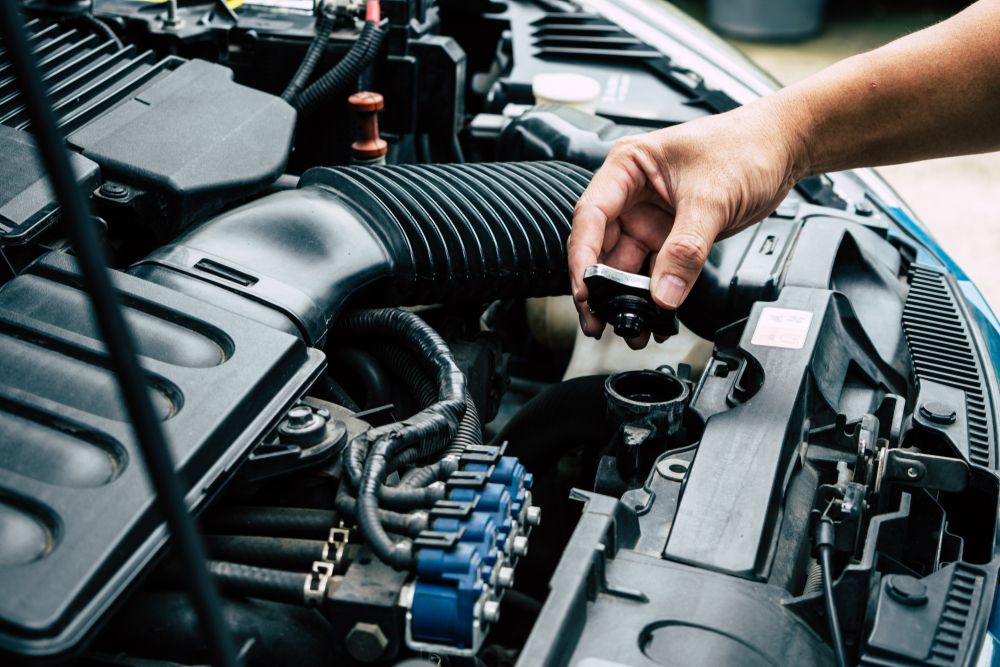Infant circumcision is a surgical procedure to trim away extra skin around a boy’s penis. It’s an increasingly popular choice among parents, offering several health advantages in the process.
Circumcision can reduce the risk of urinary tract infection in boys, as well as some sexually transmitted infections. Furthermore, circumcision can prevent cervical cancer and bacterial vaginosis among female partners of circumcised men.
What to Expect
Circumcision is an elective surgery that may be done for social, cultural or religious reasons. Ultimately, this decision must be yours to make.
Your doctor will give you a few days to decide whether circumcision is suitable for your baby, and they’ll explain why it’s beneficial. Generally, circumcision is safe and can help avoid problems in adulthood such as HIV/HPV infections and urinary tract infections.
Your doctor’s preference may be to pull back and then cut away the foreskin with either a plastic ring or special clamp. It is normal for the head of your baby’s penis to be raw after surgery, but this should heal within a few days. A thin yellow film may develop over the head but this is not pus or an indication of infection.
Preparation
Infant circumcision is typically performed within the first few days of life in either a hospital or outpatient office setting. Unfortunately, it’s an uncomfortable procedure and should be avoided for premature babies or those with medical issues.
About an hour prior to the procedure, your baby’s penis is numbed with a numbing cream. A trained healthcare provider such as a urologist, obstetrician or pediatrician then performs circumcision on your little one.
The doctor uses a scalpel to separate the foreskin from the glans and extract it. He then applies ointment and wraps the penis in gauze for protection.
Circumcision can reduce your baby’s risk for infections, cancer and sexually transmitted diseases. It also teaches them proper hygiene techniques.
The Procedure
Before a baby is circumcised, anesthetic medicine is used to numb the penis. This may be administered via injection at the base of the penis or applied topically with cream.
Once the anesthetic has taken effect, a healthcare professional will attach a clamp to the penis and cut off circulation around its perimeter. They’ll also apply antibiotic ointment before wrapping the wound loosely with gauze.
Following the procedure, your baby’s penis may remain red and swollen for one to 10 days, as well as having a yellow crust on it.

Your baby may be fussy and irritable during this period, so you should hold them carefully and give them lots of hugs and kisses. Additionally, your infant’s sleeping and feeding patterns may alter as well.
Your doctor will advise you on how to care for your baby’s penis after circumcision. Wash the area with soap and warm water every day until his penis has fully healed. Once his wounds have completely healed, you can give him regular sponge baths to promote healing.
Post-Procedure Care
Circumcision is a standard procedure for most newborns to keep the penis clean and prevent infection.
Circumcision for some babies can be an uncomfortable experience. To make it more bearable, your doctor may use a local anesthetic to numb the area.
After your baby’s procedure, it is essential to follow your doctor’s instructions for aftercare. They may recommend using a saline solution (or apply Vaseline) for soaking their penis and/or changing the bandage after each diaper change.circumcision center adelaide
Within the first 24 hours after your baby’s circumcision, try to avoid giving him sponge baths. They can irritate the area.
You should take extra caution when changing your baby’s diaper, especially while they are asleep. Doing so will prevent him from kicking the operated area. He may also become more fussy and tired during this time, so give him a bottle or pacifier to help him relax and sleep better.
Penile cancer is caused by a change that transforms healthy cells into cancerous ones. Certain risk factors can increase your likelihood of developing this disorder.
Circumcision is one way to decrease your likelihood of developing this cancer. It removes the foreskin from the penis, leaving only the head exposed.
Circumcision has also been associated with a lower risk of human papillomavirus (HPV) infection and fewer sexually transmitted diseases among men who receive the procedure.
According to studies that looked beyond just phimosis, circumcision did not appear to reduce the risk of invasive penile cancer. These studies found an association between circumcision and lower risks across all subjects – but only among those who had a history of phimosis.
Less Risk of Sexual Abuse
Circumcision may reduce the risk of sexual abuse compared to uncircumcised men, according to a recent study. These men were found to be less likely to engage in risky sexual behaviors.
This finding has long been acknowledged in the scientific community and it has been corroborated by three large randomized controlled trials involving thousands of circumcised and uncircumcised men from Kenya, Uganda and South Africa. These tests revealed that circumcised individuals are up to 60% less likely to contract HIV during heterosexual interactions compared to their uncircumcised counterparts.





